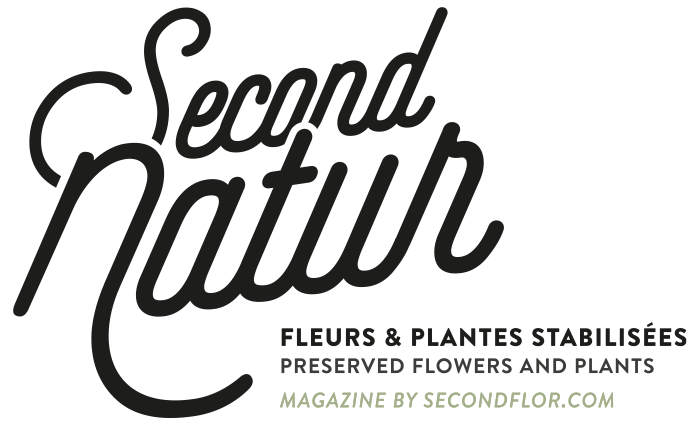Ikebana literally means “the art of bringing flowers to life”. It is based on the three basic pillars of existence which are the universe, man, and earth. True philosophy of life, Ikebana is not only a floral arrangement, it is above all an art based on respect and communion with nature. Compositions are refined, balanced and minimalist. It is considered like one of the three traditional Japanese arts, along with kōdō and the tea ceremony.
Originally, Ikebana was the prerogative of the samurai class. True sign of refinement, and 600 years old, this Japanese floral art is ancestral. The first known master of the organization of flowers is Ikenobo Senkei, monk of the temple of Rokkakudo, 15th century in Kyoto. Thanks to Japan’s opening to the rest of the world, it is now practiced throughout the world. It was introduced in France thanks to Kikou Yamata. This Franco-Japanese writer gave the first demonstrations of Ikebana in 1930 in Paris, at the Salon d’automne.
Kenji Tsutsumi is an Ikebanaist in Paris. He graduated in 2008 from one of Japan’s 400 schools, Shin-ikenobo. He is one of the most renowned Ikebana masters in France. This floral art allowed him to discover the beauty of flowers on his path, which he tries to transmit in his compositions. Courses, demonstrations, exhibitions, etc. Kenji Tsutsumi helps to spread this Japanese art throughout Paris.
One of the current great masters of Ikebana in Japan is Shogo Kariyazaki. He is regarded by many as a genius and his exhibitions have attracted the most famous visitors, such as Bill Clinton. Many recognize his audacity, his finesse, and his unique sense of composition. He started Ikebana at only 24 years old and is now one of the most popular Ikebanaist in the world. He has created numerous international exhibitions and now extends his work to design and fashion world. Shogo practices a modern Ikebana, where each composition begins with physically the closest flower to him.
“Happiness is the art of making a bouquet with the flowers that are within our reach,” according to a famous anonymous. Wouldn’t this quote be the perfect summary of this Japanese floral art ?






